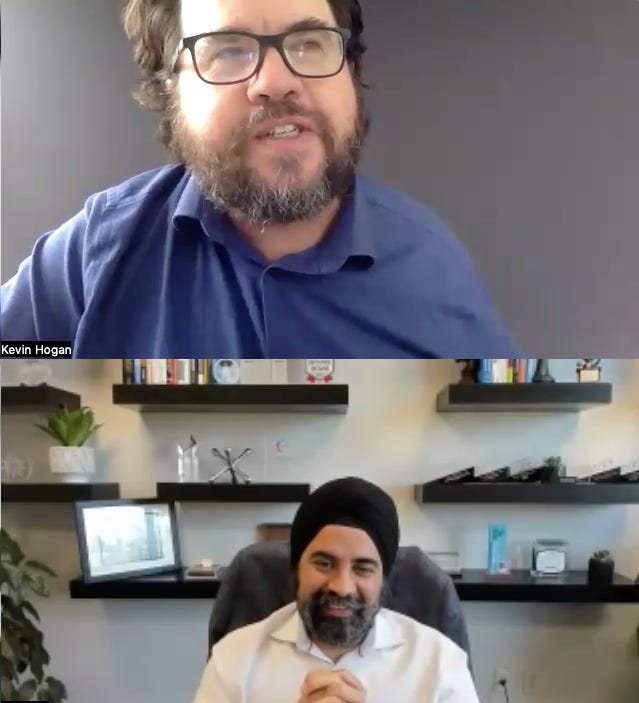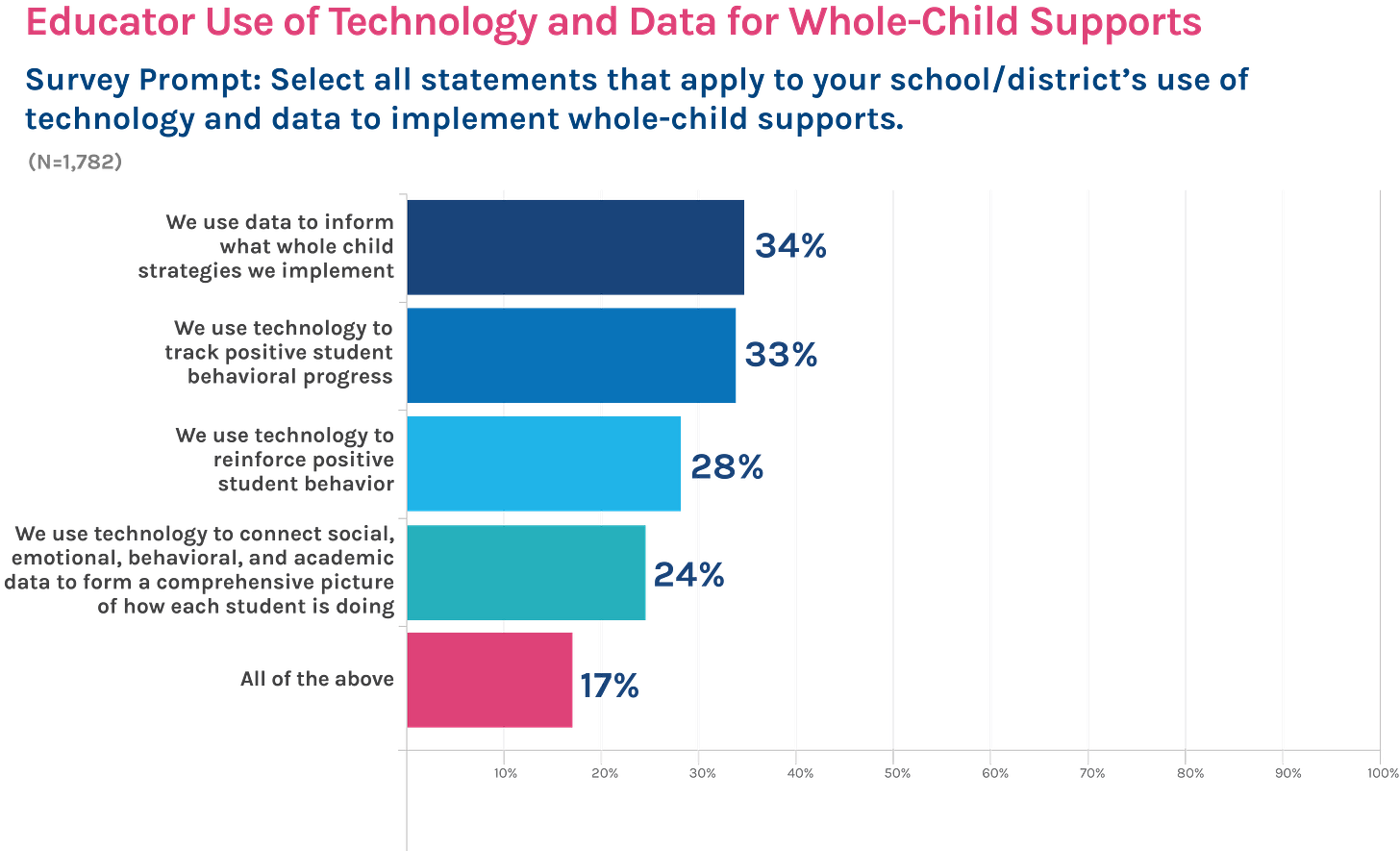How do squishy, esoteric topics like equity, SEL, and “educating the whole child” jibe with cold, hard data sets? Powerschool CEO Hardeep Gulati shares some ideas in conjunction with the recent release of the company’s Education Focus Report for the 2022-2023 school year.
The report represents the findings from a national survey of more than 3,500 educators, in-depth conversations with over 75 education practitioners and leaders, and a comprehensive scan of over 25 mid-to-large U.S. school districts’ strategic plans. Seven common strategic priorities across U.S. districts emerged from the results: high-quality, tiered instruction; whole-child supports; exceptional workforce; robust family engagement; expanded early childhood learning; graduates prepared for life, college, and career; and organizational excellence and efficiency. The report also highlights two grounding concepts: data-informed decision-making and equitable student supports. These common district priorities reflect schooling both before and during the continuing pandemic. Scroll below for a few data points along with some of Hardeep’s insights:
“What we definitely clearly see is the recognition of how important it is to really get an understanding of the whole child. There is data which should tell you 90% of the districts prior to pandemic did not have a good understanding of really bringing all that together. And now we are seeing that to be one of the top initiatives across pretty much all districts and educators.”
“In fact, 58% of the educators said social emotional aspects are the key part of really supporting the whole child instruction and support. So these are really top of the mind for educators to create the right classroom culture and how to really engage the students. There is a lot of talk about achievement gaps and learning loss and unfinished learning, as well as grade inflation. You can have all kinds of intervention strategies— throwing more supplemental content, additional content tutoring and all those things—but you’re still not addressing and engaging the child properly.”
“Innovation definitely has been addressing a lot of the key demands (when it comes to) talent management. How do we bring more empowerment to the teachers? How do we make sure districts have a better view of how to retain teachers? They need a holistic view—much like we talk about whole child—a universal HR portal that gives them a whole view about the entire teacher and where they are and what their needs are, so that they can support them better as well.”
“Equity is foundational to our vision. If you look at our mission, it's really, ‘How do we personalize education for every child to make sure that every child can get the right quality of instruction and support, and to really do personalization for every child?’ One of the big aspects of our strategy has been to really go off from these fragmented silo systems and bring them all together and connect them. So we can really give that opportunity for educators and the leaders to be able to understand what every child needs and then be able to provide the right help to their child, whether that's social, emotional, whether that's being able to engage their families, to see where your gaps are.”
Click here to download the report.
Click here to read more of Hardeep’s insights into the report.













